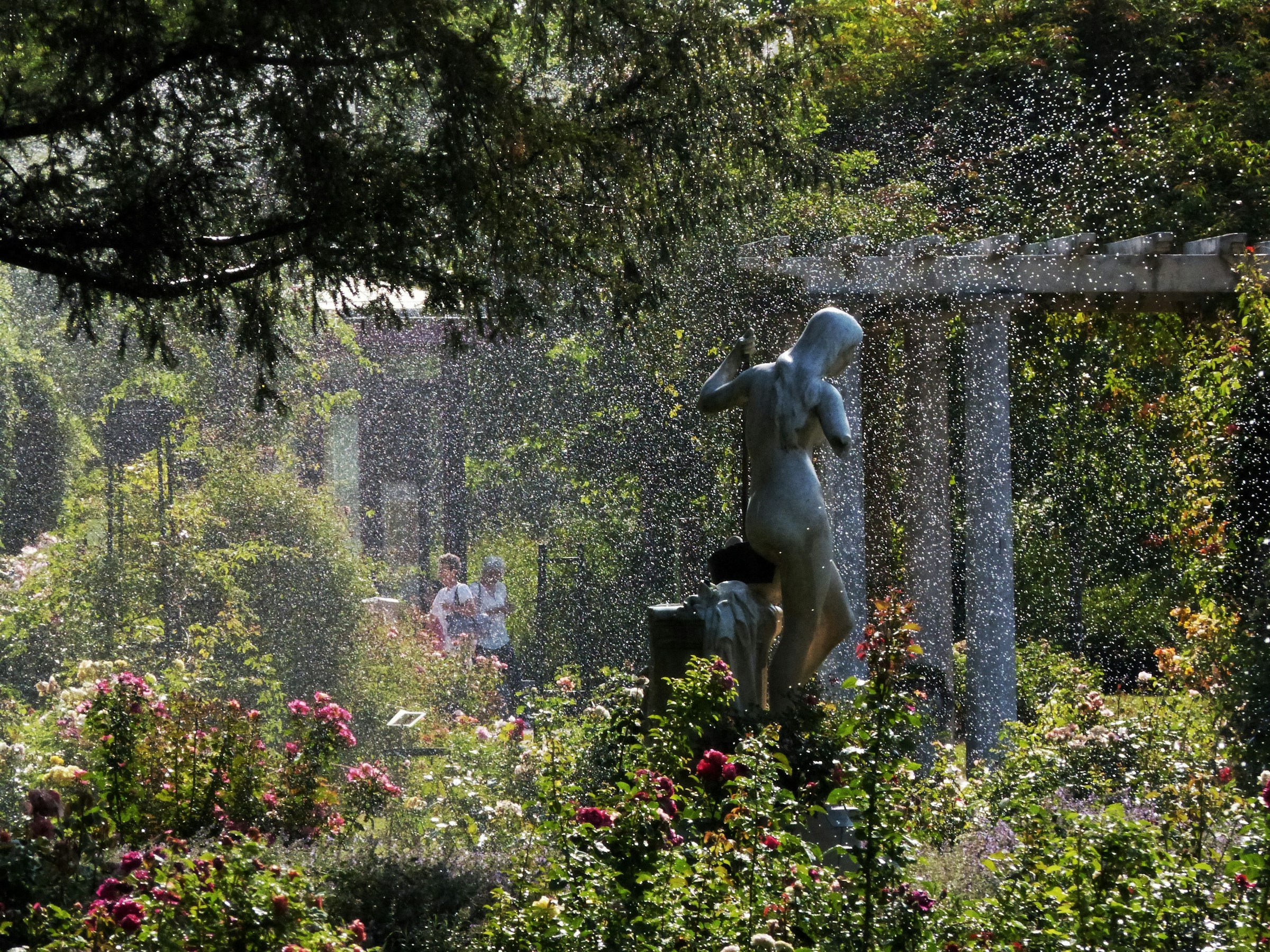The mounting challenges of climate fluctuations, coupled with the need for sustainable urban infrastructure, have paved the way for innovative solutions. One such solution is the rain garden. But what exactly is a rain garden and how do you implement an effective one in a UK urban setting? This guide will quench your thirst for knowledge.
What is a Rain Garden and Its Benefits?
A rain garden is a green infrastructure solution that is fast gaining popularity in the realm of urban stormwater management. This is a garden designed specifically to soak up rainwater, usually from your roof, driveway or other hard surfaces. The water is either soaked in or evaporated rather than adding extra stress to the stormwater drainage system.
A lire aussi : What are the safest fire-resistant materials for UK home interior design?
The benefits of rain gardens are manifold. They not only reduce the amount of stormwater runoff entering the urban drainage system but also help in improving the quality of runoff water by filtering out pollutants. A well-designed rain garden can actually absorb up to 30% more water than a conventional lawn, thus reducing the risk of localised flooding. Furthermore, rain gardens contribute to urban biodiversity by providing a habitat for a variety of wildlife.
Choosing an Ideal Location for Your Rain Garden
When it comes to setting up a rain garden, location is absolutely crucial. The area should ideally be at least 10 feet away from your home to prevent water infiltration. It should be located in a naturally occurring low spot or where water tends to collect. The area should have good exposure to sunlight as many of the plants that thrive in a rain garden require full or partial sun.
Avez-vous vu cela : How can you make a UK flat more elderly-friendly without major renovations?
It’s also important to keep in mind that if your garden area has a steep slope, you will need to incorporate some design features to slow down the water flow and increase infiltration. This could include terracing or using rocks and boulders to break the flow of water.
Selecting Suitable Plants for Your Rain Garden
Choosing the right plants is essential for the success of your rain garden. These plants will be responsible for absorbing and filtering the rainwater. They need to be able to tolerate both extremes of soil moisture, from very wet to dry.
The selection of plants will largely depend on the soil and climate conditions of your location. In the UK, plants like the Purple Coneflower, Blazing Star, and Swamp Milkweed are great choices as they are native and can survive both heavy rains and drought.
Incorporating the Rain Garden into Urban Landscape Design
When implementing a rain garden in an urban setting, it should not be seen as a standalone element but rather an integral part of the urban landscape design. It can be made a feature in public parks, roadside plantings, roundabouts and even private gardens.
The integration of rain gardens into urban design can enhance the aesthetic appeal of the area while also providing important ecosystem services. It can serve as a learning opportunity for residents and visitors about the importance of sustainable water management.
Ongoing Maintenance for Your Rain Garden
While rain gardens are designed to be low maintenance, some care is still needed to keep them functioning well. Initially, it might require watering until the plants are well-established. Removing any sediment or debris that may clog the soil surface is also important to maintain water infiltration.
Seasonal care might include pruning and mulching in the spring, and in the autumn, removing dead plant material. Furthermore, a periodic check to see if water drains within 24 hours of a storm is crucial. If water tends to stand in the garden for more than a day, some modifications might be required for better drainage.
Through this guide, you have gained extensive knowledge on implementing an effective rain garden in a UK urban setting. Remember, a well-designed rain garden not only adds to the aesthetic appeal of the area but also plays a critical role in sustainable urban water management. So, are you ready to take that first step?
Adopting Rain Gardens as Green Infrastructure Solutions
In the face of escalating climate change and urbanisation, the adoption of green infrastructure solutions like rain gardens is becoming more urgent. They play a pivotal role in stormwater management and significantly contribute to improving water quality.
The concept of rain gardens is not new. In fact, they have been utilised as a stormwater runoff solution in many parts of the United States. However, the application in the UK is relatively recent. This doesn’t mean that the UK is lagging behind; rather, it’s an opportunity to learn from the experiences of others and apply best practices in the context of UK’s climatic conditions and urban landscape.
Rain gardens act as a buffer zone, capturing surface water before it enters the drainage systems. They use the natural functions of plants and soils to filter and infiltrate stormwater runoff, thus reducing the pressure on the urban drainage system and improving the quality of runoff water.
Furthermore, rain gardens can be integrated into many aspects of urban development, including green roofs, green streets, and even parking lots. This integration provides multiple benefits, ranging from aesthetic improvements, habitat creation, to educational opportunities about water management in the urban context. However, the design construction needs to be carefully planned to ensure that it complements the existing urban infrastructure and meets the requirements of local residents.
Conclusion: Embracing Rain Gardens for a Sustainable Future
In conclusion, rain gardens are a practical, aesthetically pleasing, and eco-friendly solution for managing stormwater runoff in any urban setting, including the UK. They offer multiple benefits from enhancing local biodiversity, improving water quality, to contributing to the creation of green spaces in urban areas.
However, the effectiveness of rain gardens is largely dependent on the careful selection of suitable locations and plants, and incorporating them into the broader landscape design. They require some level of maintenance to ensure their long-term functionality and health, but the benefits they offer outweigh the effort.
The implementation of rain gardens as part of the urban infrastructure is an important step in sustainable urban water management. It’s about time we viewed stormwater not as a waste product, but as a valuable resource that can be harnessed to enhance the quality of urban life.
As the threat of climate change becomes ever more real, it is crucial that we seize every opportunity to make our towns and cities more resilient and sustainable. Rain gardens are an excellent place to start. So, let’s roll up our sleeves, grab a shovel, and get started on creating our own rain garden. After all, every drop counts!











